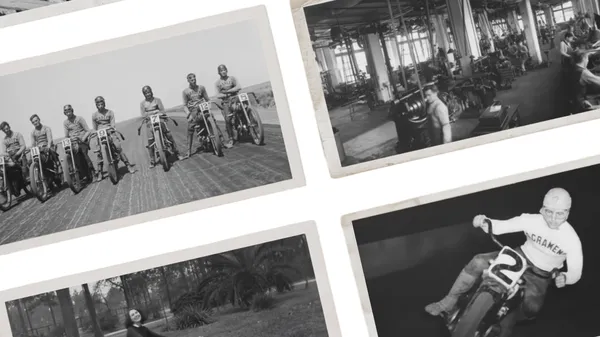 In Moving Archives, we’re bringing the iconic Harley-Davidson Museum archives to life with the help of Veo and Gemini.
In Moving Archives, we’re bringing the iconic Harley-Davidson Museum archives to life with the help of Veo and Gemini.
We used Veo to animate archive photography from the Harley-Davidson Museum
 In Moving Archives, we’re bringing the iconic Harley-Davidson Museum archives to life with the help of Veo and Gemini.
In Moving Archives, we’re bringing the iconic Harley-Davidson Museum archives to life with the help of Veo and Gemini.
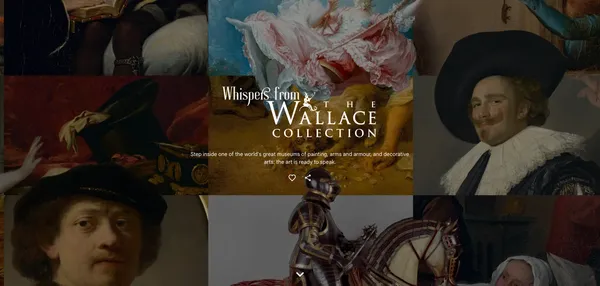 The Wallace Collection launches on Google Arts & Culture with an online experience featuring masterpieces, gigapixel details, AI Hotspots, rich stories, and a 3D art gal…
The Wallace Collection launches on Google Arts & Culture with an online experience featuring masterpieces, gigapixel details, AI Hotspots, rich stories, and a 3D art gal…
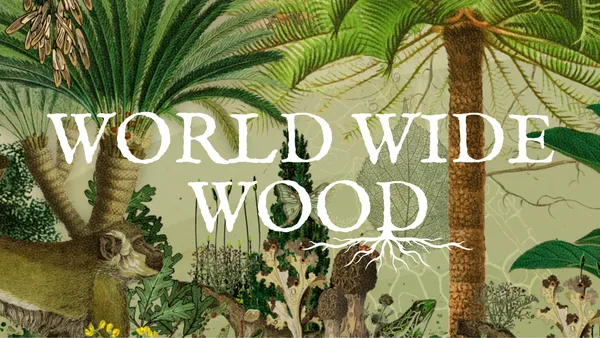 Immerse yourself in the wonders and benefits of the world’s oldest, largest and tallest organisms with this new Google Arts & Culture project.
Immerse yourself in the wonders and benefits of the world’s oldest, largest and tallest organisms with this new Google Arts & Culture project.
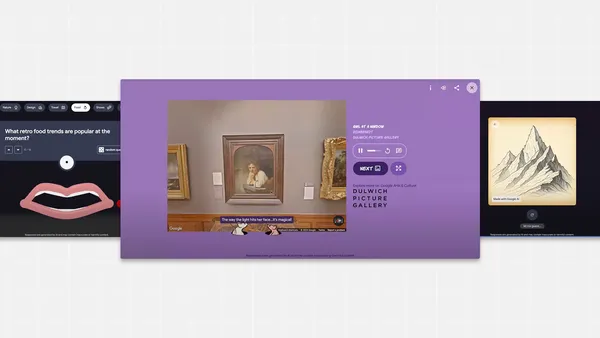 Here are four AI voice models from Google Arts & Culture that offer a new way to experience and engage with art, history and culture.
Here are four AI voice models from Google Arts & Culture that offer a new way to experience and engage with art, history and culture.
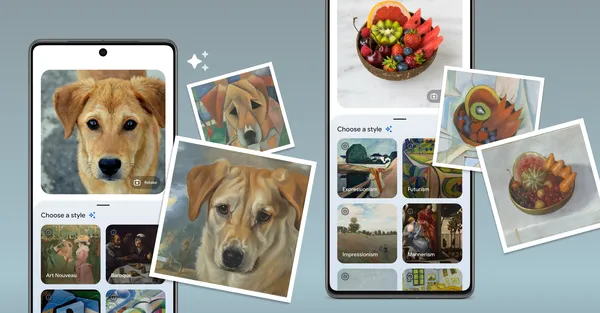 These three new AI features from Google Arts & Culture let you explore art through a personalized lens.
These three new AI features from Google Arts & Culture let you explore art through a personalized lens.
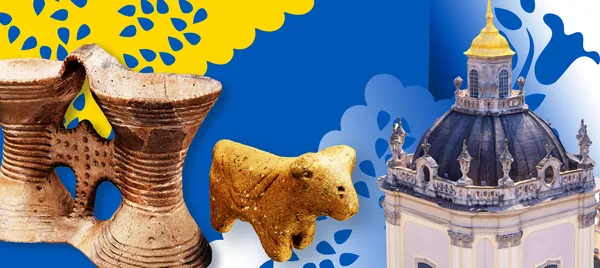 Celebrating the people, places, and treasures that shape Ukrainian culture on Google Arts & Culture.
Celebrating the people, places, and treasures that shape Ukrainian culture on Google Arts & Culture.
 Immerse yourself in India’s movie making culture through an interactive exhibit with 7,000 artifacts, 120 stories, virtual tours of iconic cinemas, a puzzle party game a…
Immerse yourself in India’s movie making culture through an interactive exhibit with 7,000 artifacts, 120 stories, virtual tours of iconic cinemas, a puzzle party game a…
 28 institutions from around the world join forces to showcase Leonardo da Vinci's unparalleled legacy, blending art, science, and AI innovation
28 institutions from around the world join forces to showcase Leonardo da Vinci's unparalleled legacy, blending art, science, and AI innovation
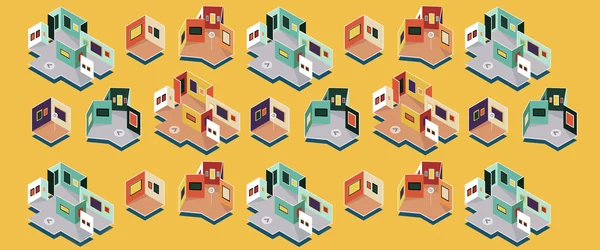 Over 50 museums curate collections at scale using our latest virtual 3D storytelling tool
Over 50 museums curate collections at scale using our latest virtual 3D storytelling tool
 Explore how AI has been applied to the world of culture through 9 of Google Arts & Culture’s most intriguing projects.
Explore how AI has been applied to the world of culture through 9 of Google Arts & Culture’s most intriguing projects.